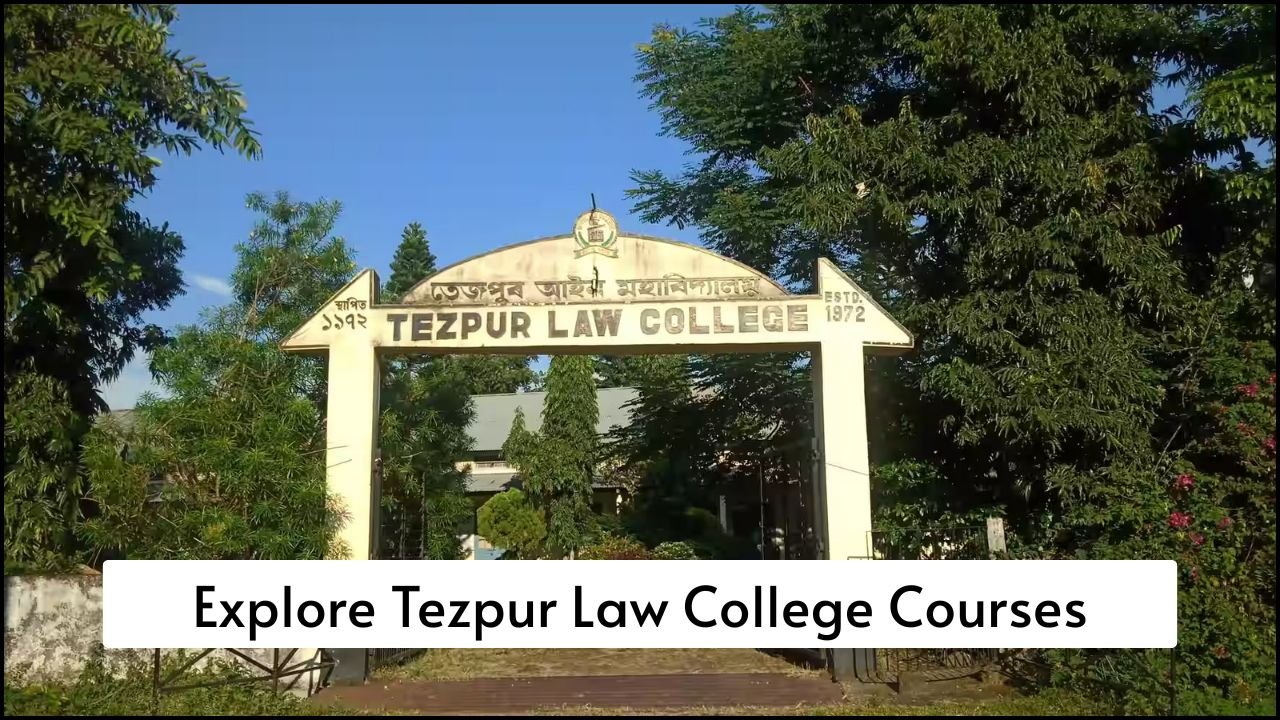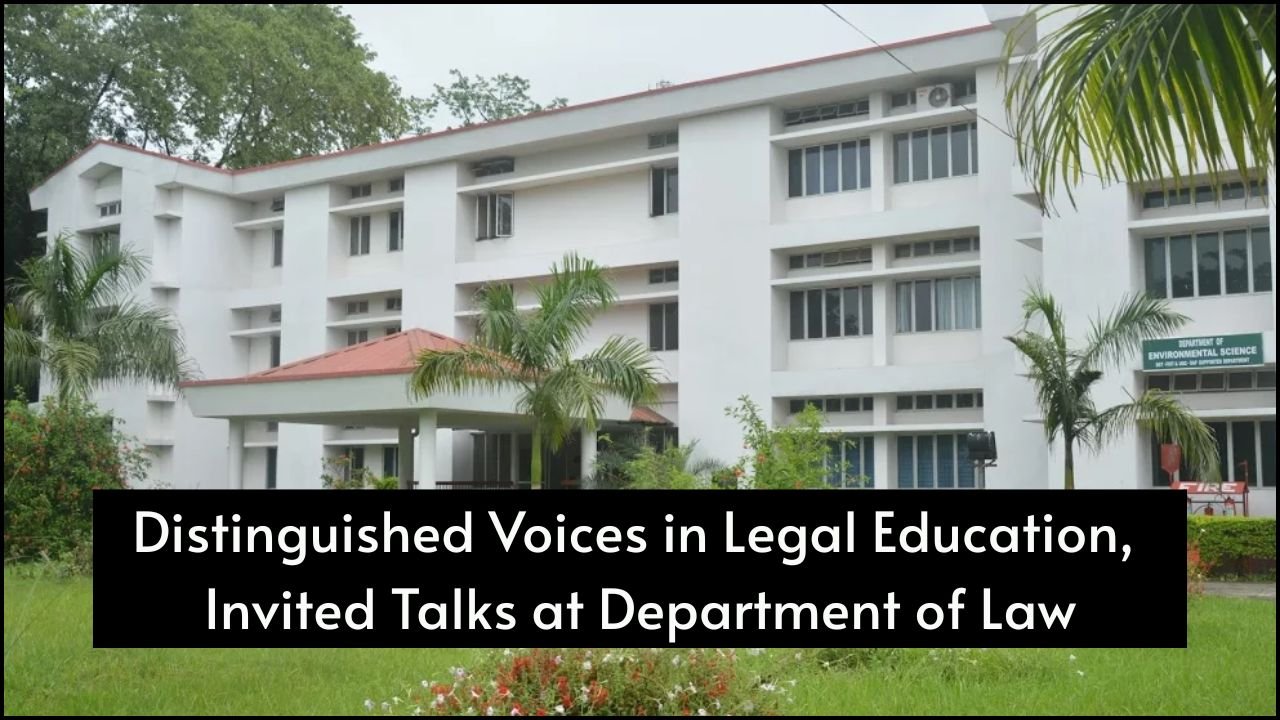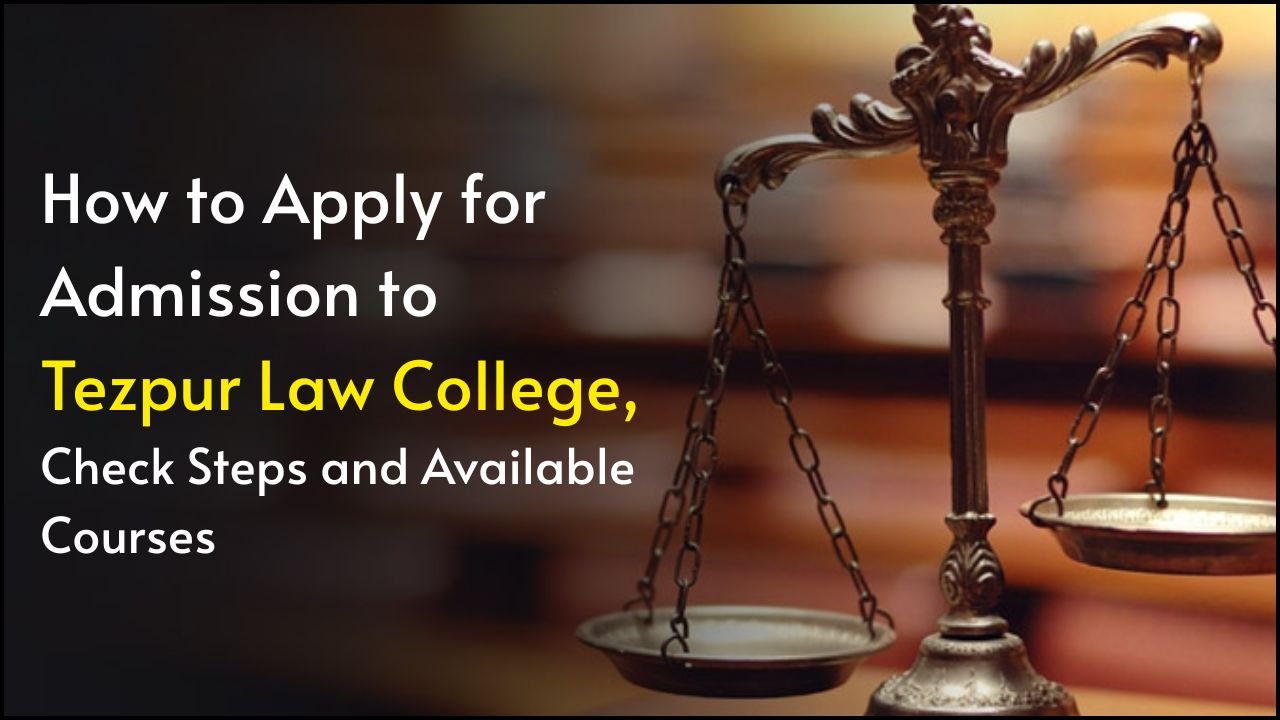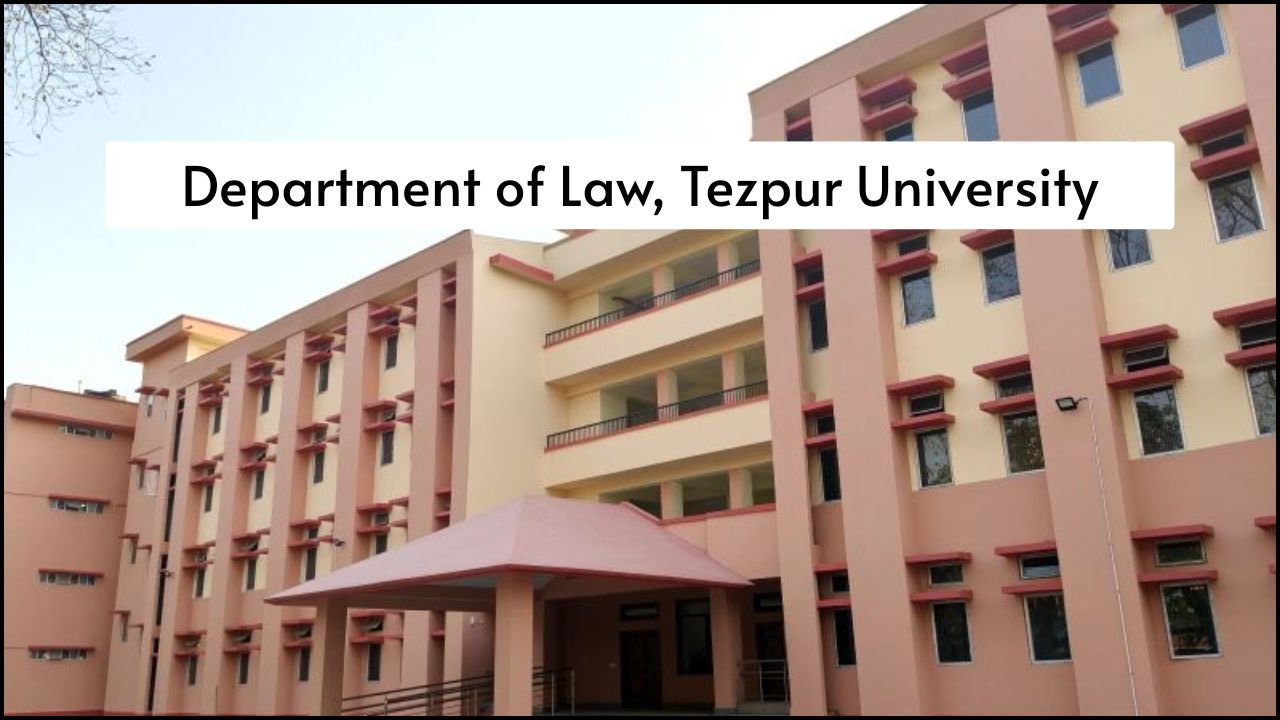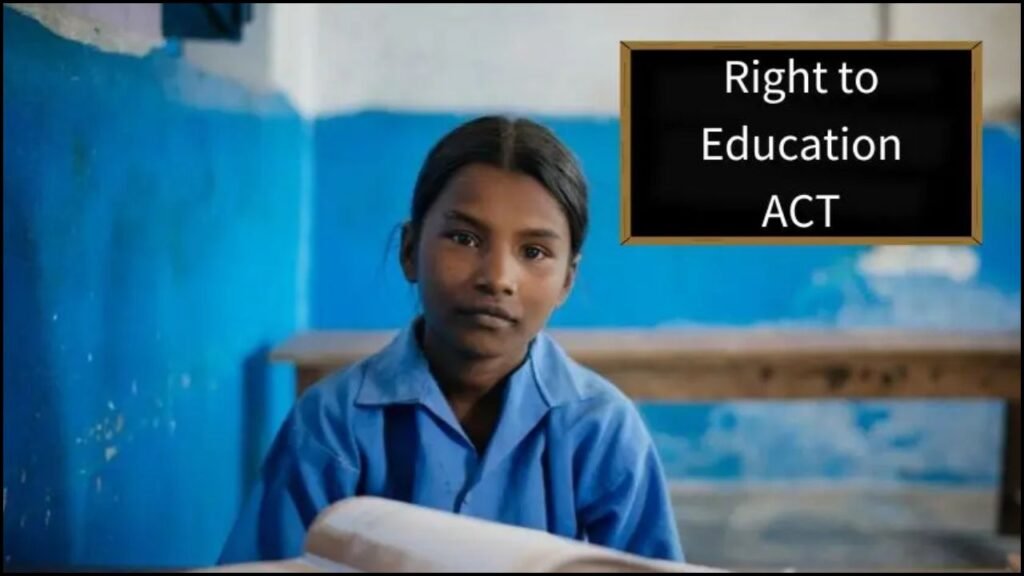
On April 1, 2010, India made history by becoming one of the few countries to constitutionally guarantee free and compulsory education to every child. The Right of Children to Free and Compulsory Education Act, commonly known as the RTE Act, transformed education from a privilege enjoyed by the fortunate few to a fundamental right accessible to all children between the ages of 6 and 14. This landmark legislation represented the culmination of decades of advocacy aimed at creating an inclusive educational system that could break the intergenerational cycle of poverty and illiteracy.
Table of Contents
Key Provisions and Framework
The RTE Act establishes a comprehensive framework for ensuring quality education for all children. The Act mandates that every child has the right to full-time elementary education of satisfactory and equitable quality in a formal school. One of the Act’s most significant provisions is the prohibition of capitation fees and screening procedures for admission. Schools cannot demand donations, conduct interviews, or require entrance tests for admission to elementary classes.
The Act mandates minimum pupil-teacher ratios and requires qualified teachers with appropriate academic and professional qualifications. Schools must have adequate infrastructure, including all-weather buildings, drinking water facilities, separate toilets for boys and girls, and playground facilities. Perhaps most controversially, the Act requires private unaided schools to reserve 25% of their entry-level seats for children from economically weaker sections and disadvantaged groups, with government reimbursement for educating these children.
Implementation Framework
The RTE Act establishes a multi-tiered implementation framework involving central, state, and local governments. The central government provides policy guidance and funding support, while state governments bear primary responsibility for implementation, including infrastructure development, teacher recruitment, and quality assurance. Local authorities play crucial roles in identifying out-of-school children, ensuring enrollment, and monitoring attendance.
The Act mandates School Management Committees (SMCs) comprising parents and community members. These committees monitor school functioning, prepare development plans, and ensure community participation in educational governance, representing a significant shift toward participatory democracy in education.
Remarkable Achievements
The RTE Act has achieved significant milestones in expanding educational access and improving equity. Enrollment figures demonstrate substantial success in bringing children into the formal education system, with particular improvements among girls, scheduled castes, scheduled tribes, and other marginalized communities. The prohibition of child labor in schools has contributed to reducing child labor rates, helping redirect children from work to education.
Infrastructure development has been substantial, with thousands of new schools constructed and existing facilities upgraded to meet RTE norms. Rural and remote areas have particularly benefited, with many communities receiving their first proper school buildings, clean drinking water facilities, and functional toilets. The 25% reservation provision has enabled hundreds of thousands of children from poor families to access private schools previously beyond their reach.
State-wise Implementation Analysis
| State/Region | Enrollment Improvement | Infrastructure Score | Teacher Availability | Quality Indicators | Major Challenges |
|---|---|---|---|---|---|
| Kerala | High | Excellent | Adequate | Good learning outcomes | Urban-rural quality gaps |
| Tamil Nadu | High | Good | Good | Moderate outcomes | Language policy issues |
| Bihar | Very High | Poor | Inadequate | Poor outcomes | Teacher shortages, poverty |
| Rajasthan | High | Moderate | Inadequate | Poor outcomes | Geographic constraints |
| Uttar Pradesh | High | Poor | Inadequate | Poor outcomes | Scale, governance issues |
| Maharashtra | Moderate | Good | Good | Moderate outcomes | Urban migration challenges |
| Karnataka | Moderate | Good | Good | Good outcomes | Technology integration needs |
Persistent Challenges
Despite significant achievements, the RTE Act faces substantial implementation challenges. Quality concerns remain paramount, as increased enrollment has not always translated into improved learning outcomes. Many children enrolled under RTE continue to struggle with basic literacy and numeracy skills, highlighting the gap between access and meaningful education.
Teacher shortages plague many states, with rural and remote areas particularly affected. While the Act mandates specific pupil-teacher ratios, recruitment processes often lag behind requirements. Additionally, teacher training programs frequently fail to adequately prepare educators for diverse and challenging contexts.
Infrastructure deficits persist despite substantial investments. Many schools still lack basic amenities like electricity, proper sanitation facilities, or boundary walls. The quality of construction has also been questioned, with some buildings becoming unusable within years due to poor workmanship or inadequate maintenance.
Quality and Learning Outcomes
The most significant challenge has been ensuring quality education rather than merely providing access. National assessments consistently reveal that learning levels remain poor despite increased enrollment. The Annual Status of Education Report (ASER) indicates that many children in elementary grades cannot perform basic reading and arithmetic tasks expected at their grade level.
This learning crisis stems from inadequate teacher training, inappropriate pedagogical methods, multilingual challenges, and insufficient learning materials. The emphasis on age-appropriate enrollment has created challenges when older children are placed in grades based on age rather than learning levels, often leading to struggles with curriculum content and high dropout rates.
Financial Implications
The RTE Act requires substantial financial commitments from both central and state governments. Many states have found it difficult to mobilize adequate resources for comprehensive implementation. The 25% reservation provision has created ongoing financial obligations, with delays in reimbursements leading to tensions between governments and private schools.
Infrastructure development costs have proven higher than anticipated, particularly in remote areas. Maintenance of new infrastructure has emerged as a significant ongoing expense that many states struggle to budget adequately.
Social Integration Impact
The 25% reservation provision aims to promote social integration by breaking down educational segregation. However, implementation has revealed complex social dynamics. Some private schools have found ways to circumvent the policy’s spirit, while social tensions sometimes arise when children from very different backgrounds are placed together without adequate preparation.
Nevertheless, success stories exist where effective implementation has created genuine integration opportunities, providing children from poor families access to better infrastructure, qualified teachers, and enhanced peer networks.
Future Directions
Improving RTE effectiveness requires addressing quality concerns through comprehensive teacher training programs, curriculum reforms, and learning outcome monitoring systems. Infrastructure development should focus on maintenance and sustainability, not just construction. Technology integration should be pursued strategically, with attention to equity and accessibility.
Financial sustainability requires innovative funding mechanisms, improved resource efficiency, and stronger public-private partnerships. Monitoring and accountability systems need strengthening to ensure resources reach intended beneficiaries and achieve desired outcomes.


